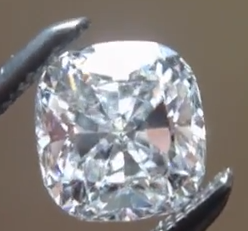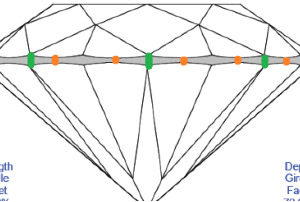I'm a first time user of pricescope and was referred by my friend. I have learned a huge amount of information in the past 2 days that I have been here. I believe I have narrowed down my search to these final 3 stones and was requesting input from the community. Hopefully you guys are aware of things or see things that I cannot. Any help would be greatly appreciated.
AGS-104047005005 ($16,278.54)
AGS-0104036632004 ($17,838.35)
GIA-2121802022 ($16750.00)
Or if you feel that I should stay away from these stones then please let me know and why. Thanks.
AGS-104047005005 ($16,278.54)
AGS-0104036632004 ($17,838.35)
GIA-2121802022 ($16750.00)
Or if you feel that I should stay away from these stones then please let me know and why. Thanks.









300x240.png)